A guide to Ethical Wildlife Photography and Protection of Species
The photography industry is built on capturing the beauty of nature and the world around us. It's no secret that the industry heavily relies on access to wildlife and natural habitats to create the stunning photographs that grace our magazines and social media feeds. However, it's also important to recognize that the industry has a responsibility to promote wildlife conservation and environmental sustainability. In this blog post, we will discuss the importance of wildlife conservation in the photography industry and the role that photographers can play in preserving the world's ecosystems.
First and foremost, wildlife conservation is imperative for our planet's sustainability. Millions of species worldwide face the threat of extinction. These animals and their habitats are essential for maintaining our planet's ecological balance and contributing to the well-being of our planet. The photography industry has a significant role to play in ensuring that this balance is maintained, and our natural resources and wildlife are preserved.
As photographers, we understand the importance of capturing beautiful moments and memories- especially in the wild where animals roam free. Ethical wildlife photography can play a crucial role in promoting environmental conservation while also allowing us to capture priceless images. But with that privilege comes a great responsibility. It is essential to practice ethical wildlife photography to safeguard the animals and their habitats. In this blog post, we will discuss what ethical wildlife photography means, and how we can follow the best practices to protect the species in Namibia.
Ethical wildlife photography focuses on various aspects, including respecting the boundaries, minimizing disturbances, and preserving habitats when photographing animals. Keep in mind that animals are not part of a photography setting and need to be photographed ethically and with respect. Here are some tips for ethical wildlife photography in Namibia:
1. Know the wildlife safety rules in Namibia: The country has well-established conservation programs with guidelines and rules that must be followed while photographing wildlife in Namibia. Take the time to inform yourself of these regulations before embarking on a wildlife photography tour.
2. Be respectful and considerate of the wildlife: While photographing, ensure that the animals you are photographing are not reacting to your presence- if they are, move further away, and avoid interfering with their natural behavior.
3. Limit interference: Do not feed or touch wildlife, as this can alter the animals' natural behaviors and create dependence and maladaptive behavior. Feeding wild animals is prohibited in Namibia, and human foods can harm animals.
4. Preserve habitats: Ensure that your camera gear and equipment don’t damage any habitats while moving around to capture the perfect shot.
5. Choose responsible tour operators and guides: Ensure your photography tour operator respects the rules and regulations of conservation policies, follows best practices to limit the environmental impact, and promotes ethical wildlife photography.
Many photography associations and organizations have recognized this importance of ethical guidelines, creating rules to promote environmentally sustainable practices. These initiatives help to minimize the impact of photography on wildlife and their habitats. For example, The International Union for Conservation of Nature (IUCN) has initiated a category to promote ecotourism and sustainable practices that benefit local communities, preserve natural resources, and promote awareness of conservation issues. Similarly, the World Wildlife Fund (WWF) has developed a certification program that promotes best practices in the tourism industry.
Photographers can use their platform to raise awareness of key conservation issues by highlighting environmental challenges facing endangered species, and by reporting and documenting stories of conservation efforts around the world. Through their photographs, photographers can capture the beauty and fragility of the natural world, inspire others to take action and promote conservation efforts.
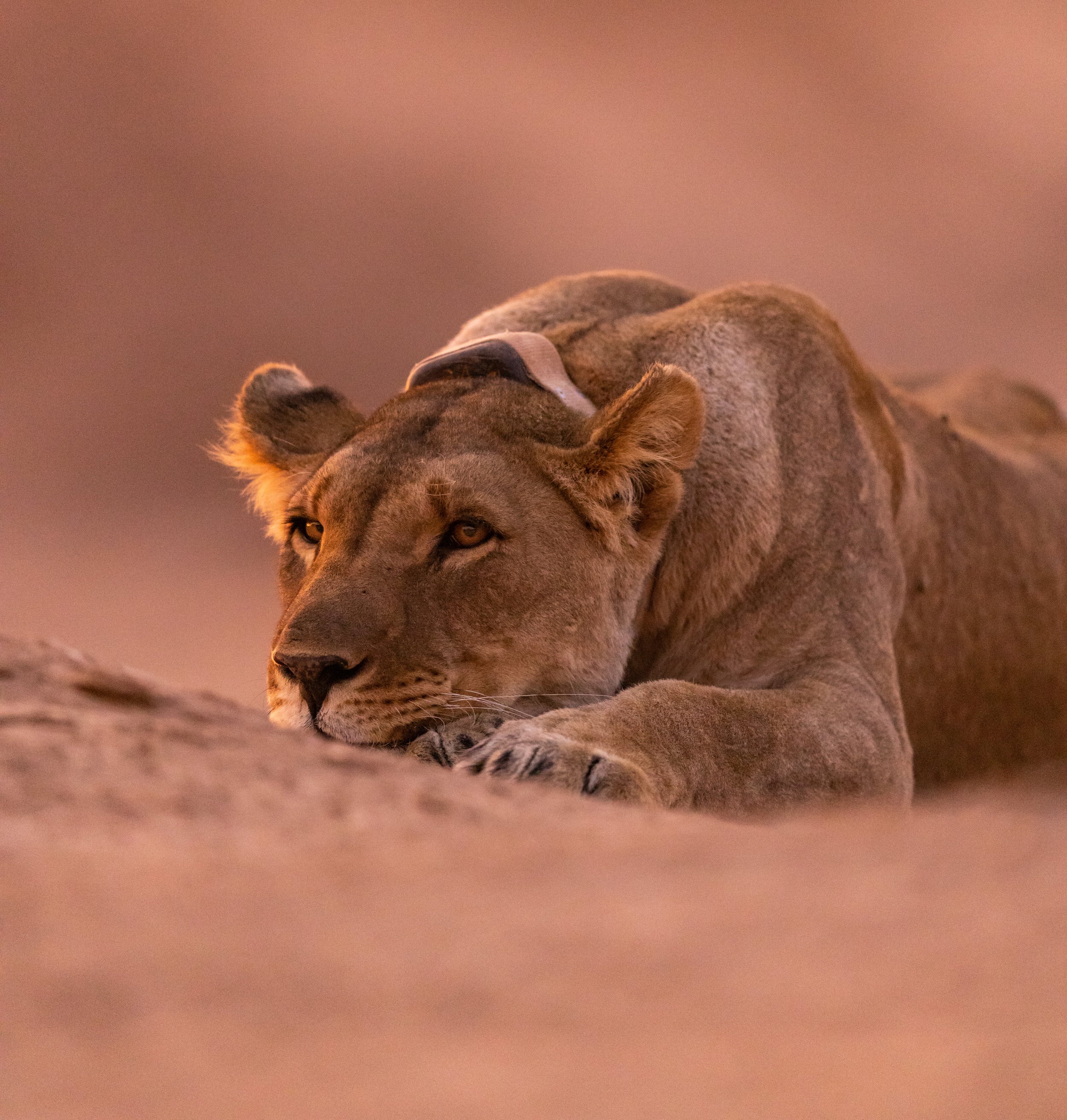
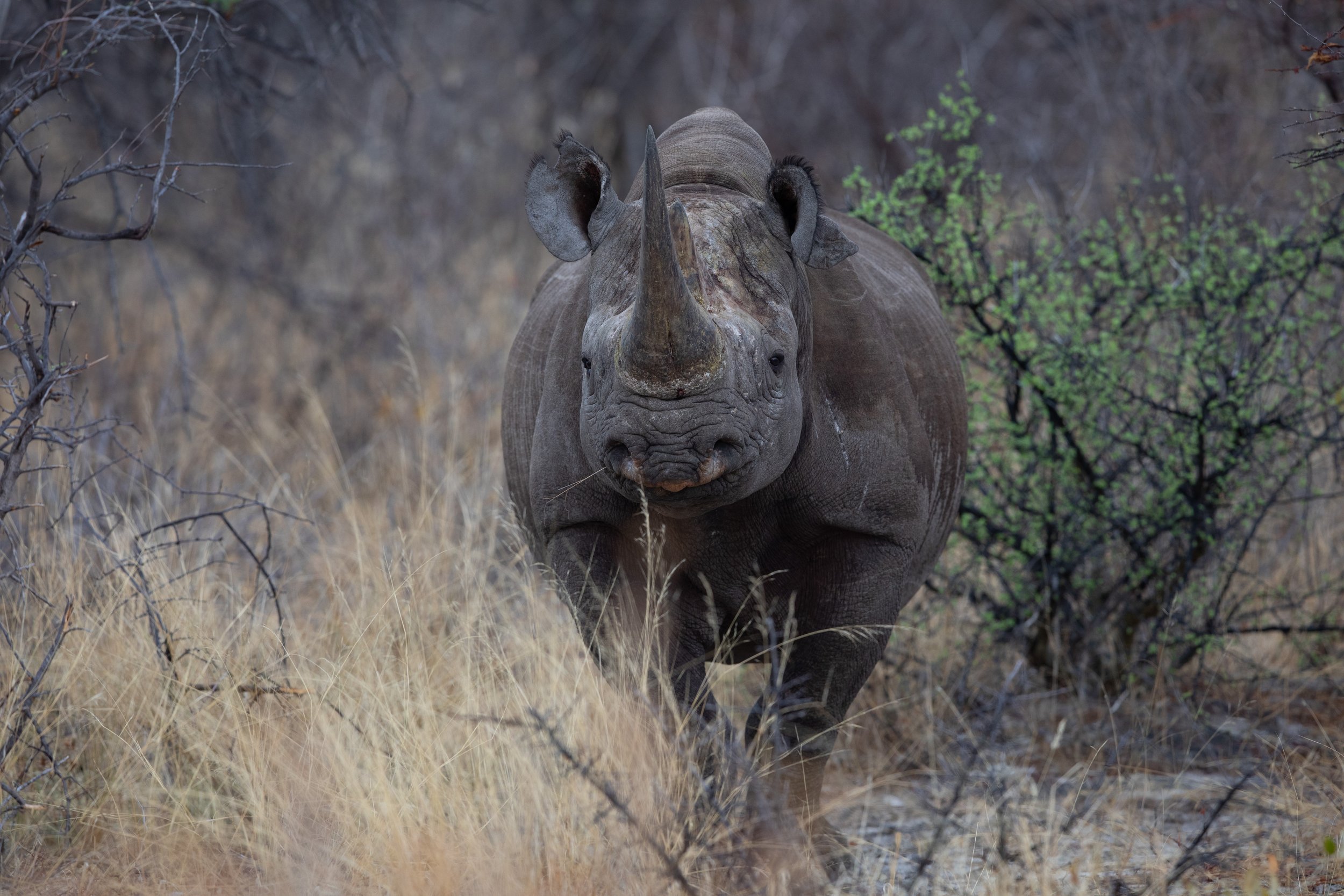
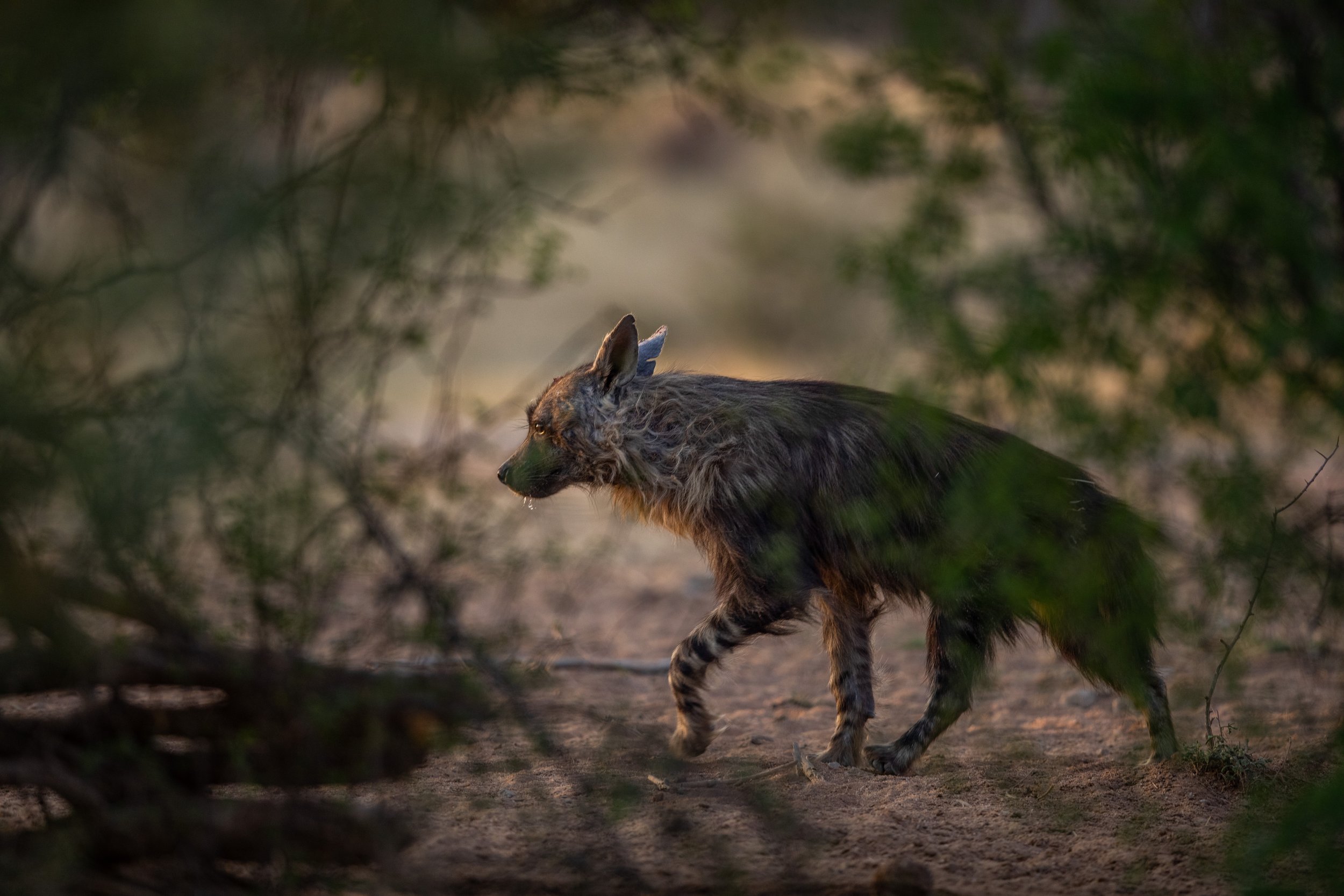
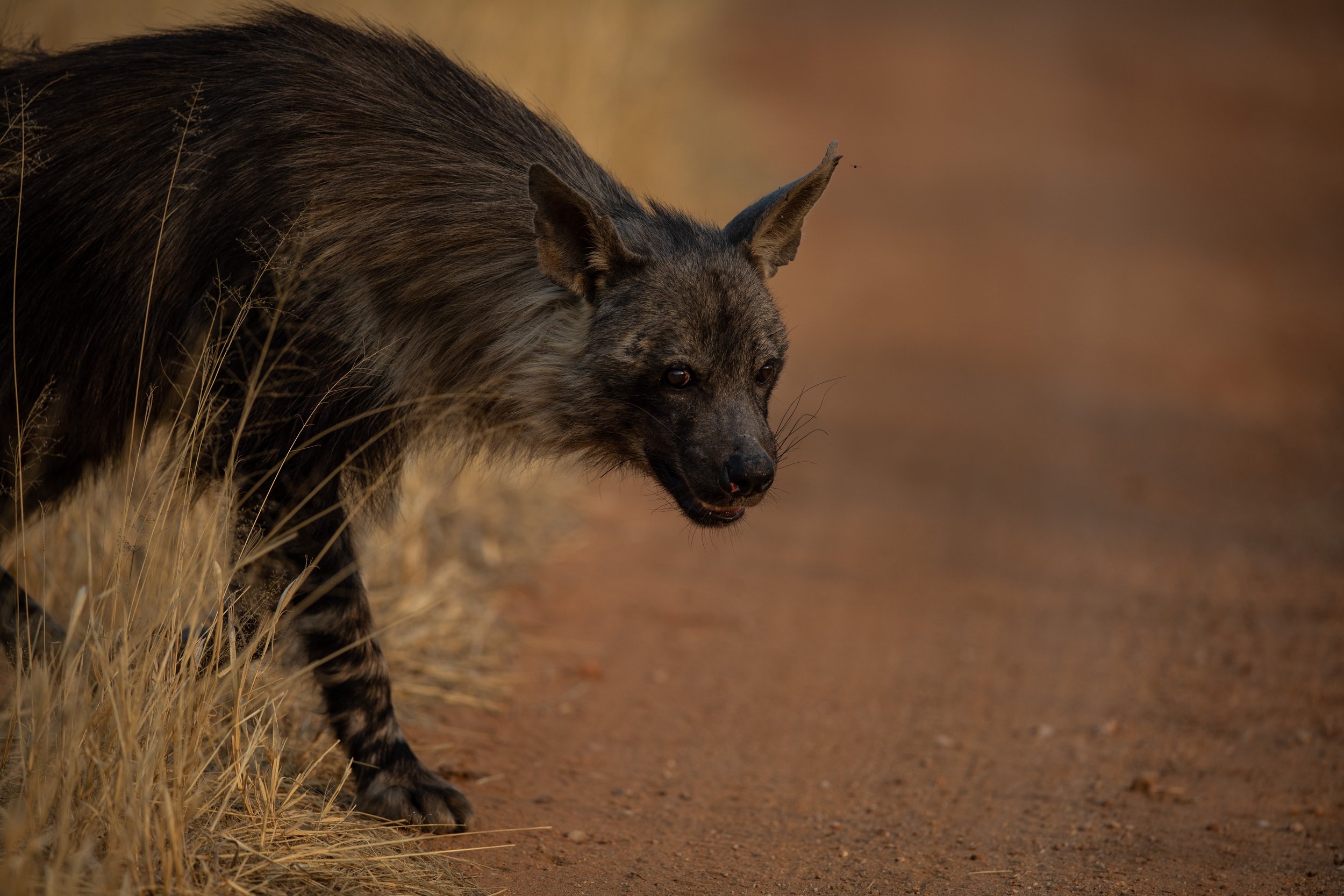
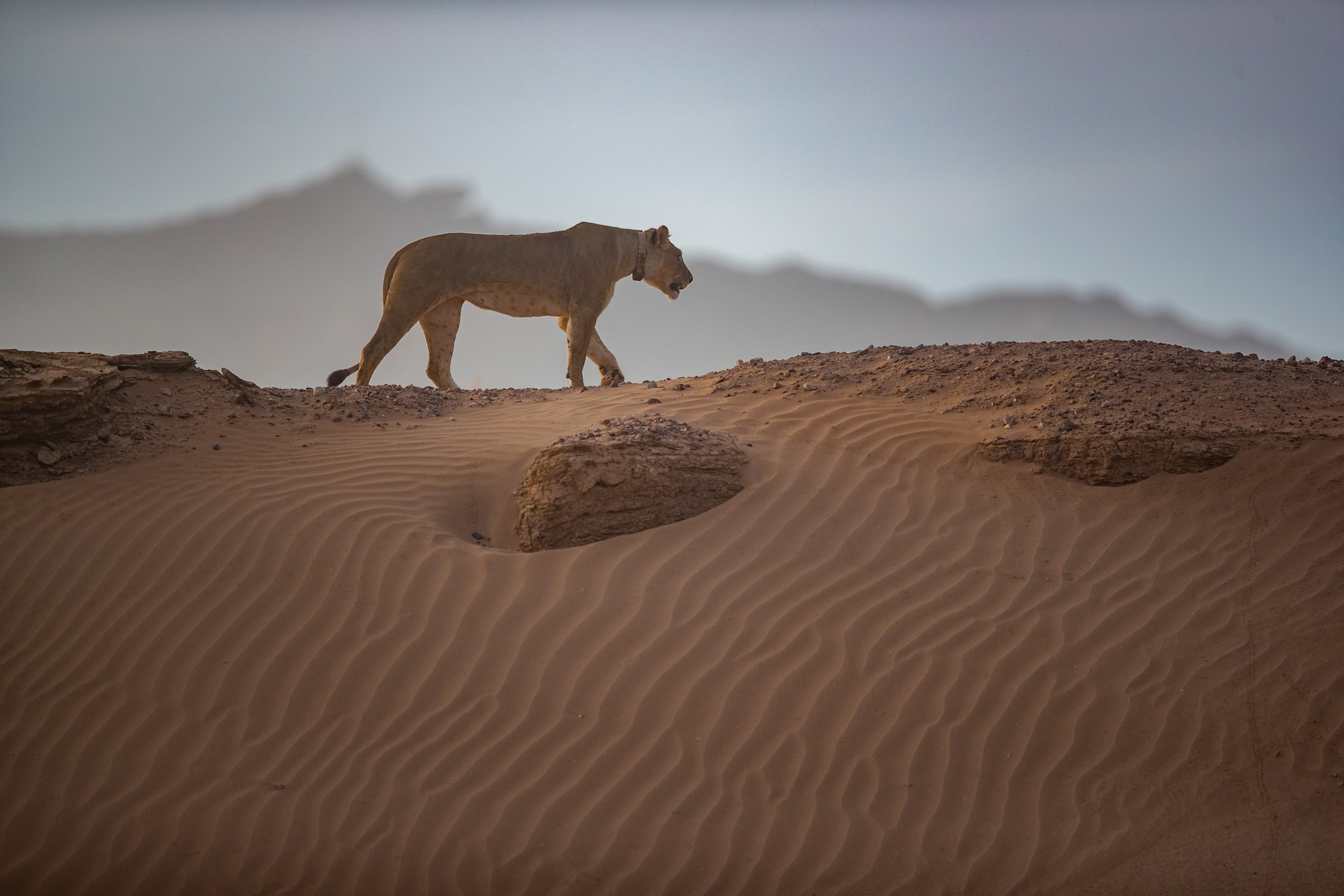
Strong conservation efforts in Namibia have included the implementation of community-based conservation programs, the reintroduction of certain species into the wild, and eco-tourism that increases awareness and generates income for the local economy. The photography industry can play a vital role in promoting environmental sustainability and wildlife conservation. It is essential that the industry takes responsibility and adopts ethical and sustainable practices.
In summary, ethical wildlife photography requires a respect for wildlife, an understanding of the appropriate guidelines, and a focus on minimizing the environmental impact. As wildlife photographers, we must remember that we are guests in the animals' territory. Let's do our part to promote environmental conservation while capturing those breathtaking images in the stunning scenery of Namibia.

